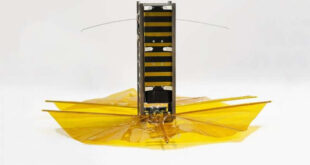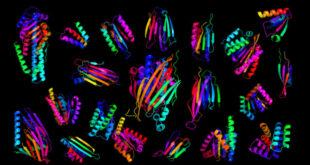An international team of scientists from Japan, UK and the United States has been able to regenerate heart muscle by placing adult mice in a low-oxygen environment.

Schematic of gradual induction of severe hypoxemia. Image credit: Yuji Nakada et al, doi: 10.1038/nature20173.
The team, led by University of Texas Southwestern Medical Center researchers Hesham Sadek and Wataru Kimura, gradually lowered the oxygen in the air breathed by mice until it was at 7% – about the concentration of oxygen at the top of Mt. Everest.
After two weeks in this environment, the heart muscle cells – called cardiomyocytes – were dividing and growing.
Under normal circumstances cardiomyocytes do not divide in adult mammals.
“This work shows that hypoxia equivalent to the summit of Mt. Everest can actually reverse heart disease, and that is extraordinary,” said Prof. Benjamin Levine of Texas Health Presbyterian Hospital Dallas, who was not involved in the study.
Dr. Sadek, Dr. Kimura and their colleagues lowered the oxygen level from the normal 21% to 7% over a period of weeks, and then monitored the mass and function of the heart.
They demonstrated that reduction in oxygen leads to both an increase in cardiomyocytes and improved heart function.
“We report that gradual exposure to severe systemic hypoxemia, where inspired oxygen is gradually decreased by 1% and maintained at 7% for two weeks, results in inhibition of oxidative metabolism, decreased reactive oxygen species production and oxidative DNA damage, and reactivation of cardiomyocyte mitosis,” the authors explained.
“Intriguingly, we found that exposure to hypoxemia one week after induction of myocardial infarction induces a robust regenerative response with decreased myocardial fibrosis and improvement of left ventricular systolic function.”
“Finally, genetic fate mapping confirmed that the newly formed myocardium is derived from pre-existing cardiomyocytes.”
The team also had tried a 10% oxygen environment, but there was no heart regrowth.
“The adult human heart is not capable of any meaningful repair following a heart attack, which is why heart attacks have such a devastating impact. Though counterintuitive, we’ve shown that severely lowering oxygen exposure can sidestep damage to cells caused by oxygen and turn cell division back on, leading to heart regrowth,” Dr. Sadek said.
“Although exposure to this level of hypoxia can result in complications, it is tolerated in humans when performed in a controlled setting.”
“In theory, creating a low-oxygen environment could lead to repair not only of heart muscle, but of other organs as well,” he added.
Details of the research were recently published in the journal Nature.
_____
Yuji Nakada et al. Hypoxia induces heart regeneration in adult mice. Nature, published online October 31, 2016; doi: 10.1038/nature20173
This article is based on a press-release from the University of Texas Southwestern Medical Center.
 #Bizwhiznetwork.com Innovation ΛI |Technology News
#Bizwhiznetwork.com Innovation ΛI |Technology News



